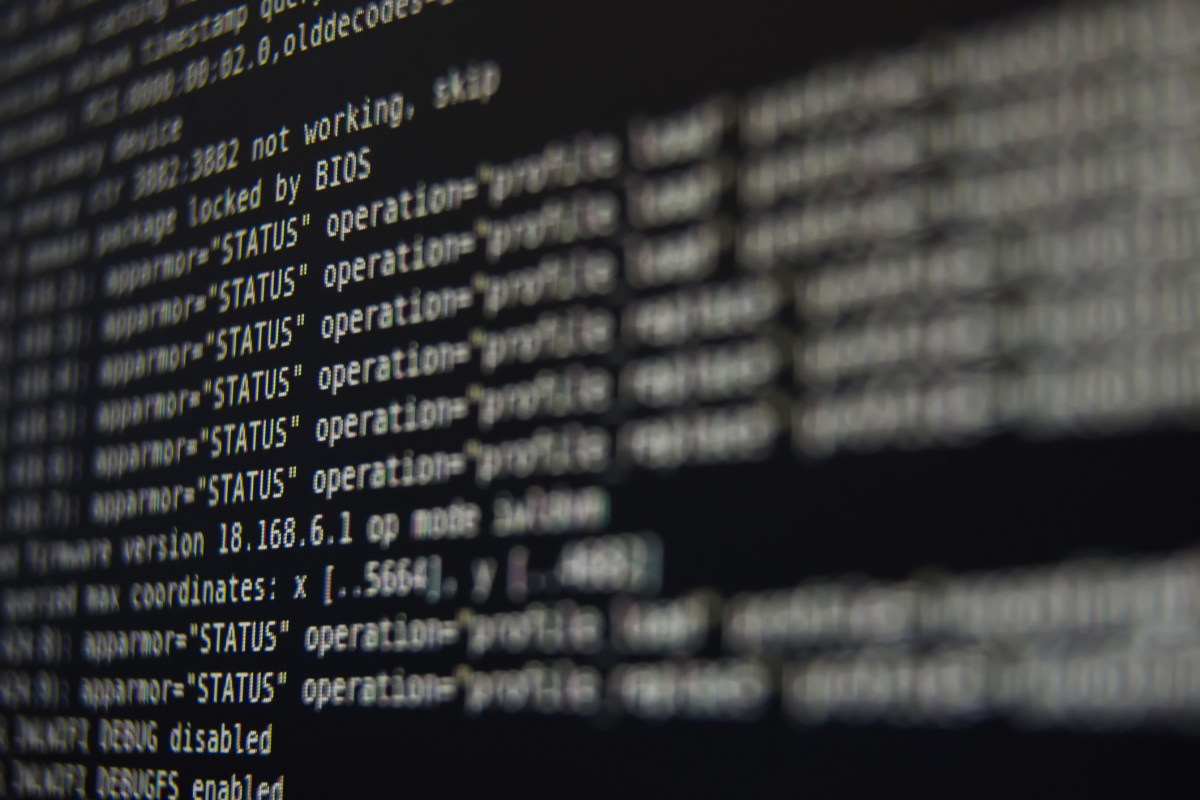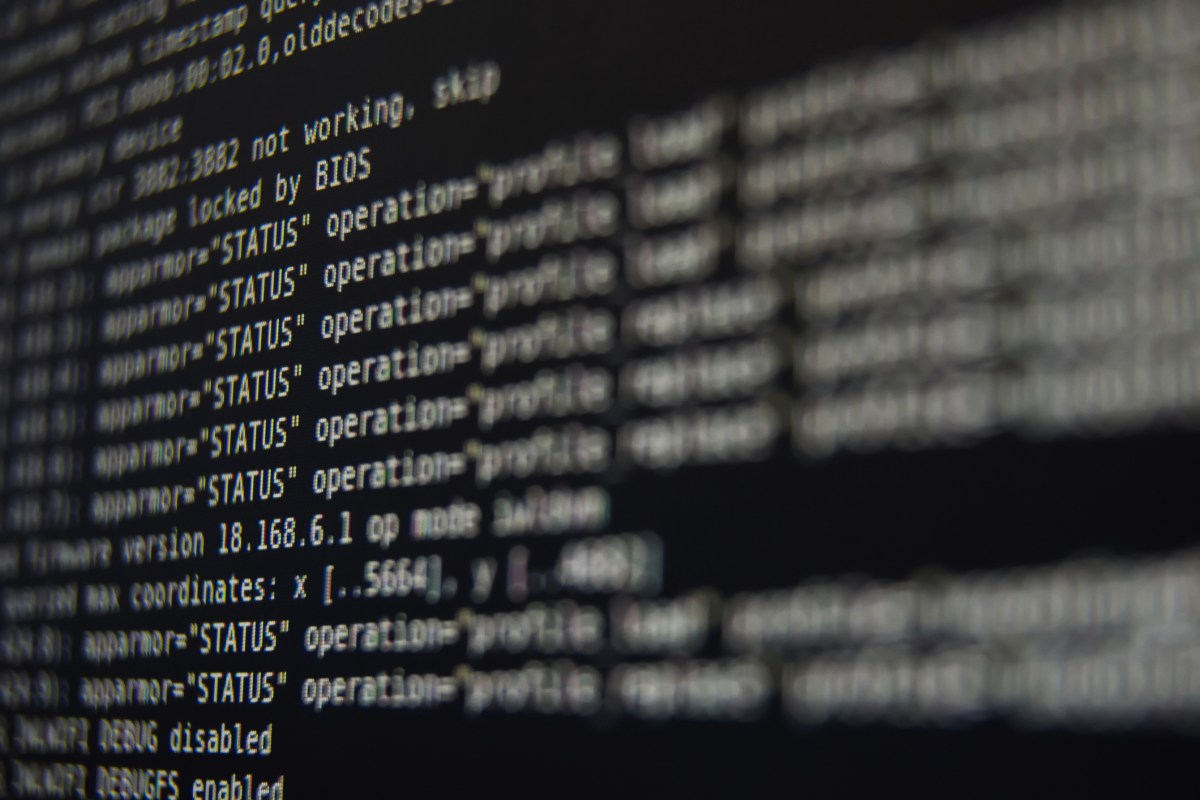Key Points
- AI-powered software development is shifting from code-editing tools to terminal-based tools
- Major labs like Anthropic, DeepMind, and OpenAI have released command-line coding tools
- Terminal-based tools offer a more versatile and powerful interface for developers
- Terminal tools are needed to get software from written code to something that can actually be used
- Companies like Warp are leading the way in terminal-based tools, with a focus on DevOps-oriented tasks

The Shift to Terminal-Based Tools
For years, code-editing tools like Cursor, Windsurf, and GitHub’s Copilot have been the standard for AI-powered software development. However, with the growth of agentic AI and vibe coding, a subtle shift has changed how AI systems interact with software. Instead of working on code, they’re increasingly interacting directly with the shell of whatever system they’re installed in.
The terminal, once known as a black-and-white screen from 90s hacker movies, is an extremely powerful interface if you know how to use it. Terminal tools are often needed to get software from written code to something that can actually be used. Major labs like Anthropic, DeepMind, and OpenAI have released command-line coding tools, which are already among their most popular products.
Challenges and Opportunities
Some believe that terminal-based tools are just getting started, with Alex Shaw, co-creator of TerminalBench, saying that there’s a future in which 95% of LLM-computer interaction is through a terminal-like interface. Terminal-based tools are also coming into their own as prominent code-based tools start to look shaky. The AI code editor Windsurf has been torn apart by dueling acquisitions, leaving its long-term future uncertain.
New research suggests that programmers may be overestimating productivity gains from conventional tools. A METR study found that while developers estimated they could complete tasks 20-30 percent faster, the observed process was nearly 20 percent slower. This has left an opening for companies like Warp, which currently holds the top spot on TerminalBench.
A New Approach
Terminal-based tools take a wider view, looking beyond the code to the whole environment a program is running in. This includes coding but also more DevOps-oriented tasks like configuring a Git server or troubleshooting why a script won’t run. Solving these issues requires the kind of bull-headed problem-solving ability that programmers need.
Warp earned its high score on TerminalBench by solving just over half of the problems, a mark of how challenging the benchmark is, but also how much work still needs to be done to unlock the terminal’s full potential. Still, Lloyd believes that terminal-based tools can reliably handle much of a developer’s non-coding work, a value proposition that’s hard to ignore.
Source: techcrunch.com
